Australia So Much to See
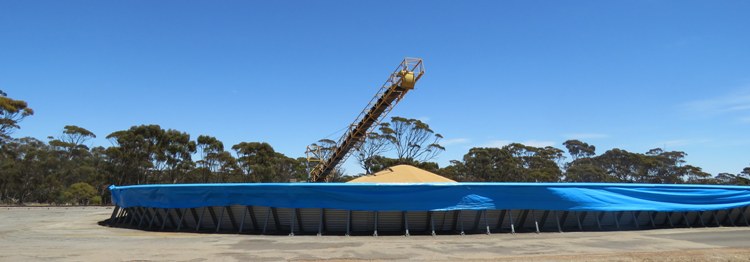
Wheatbelt Western Australia; Dudinin, Harrismith, Tincurrin, Wagin
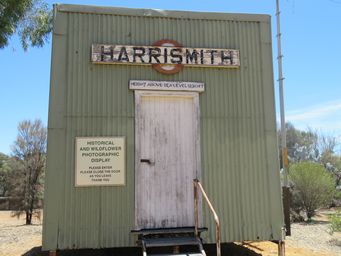
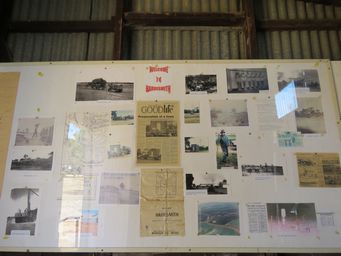
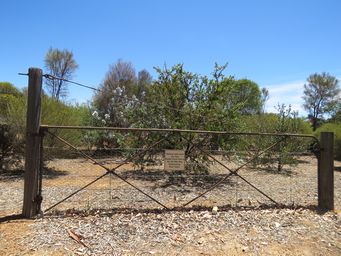
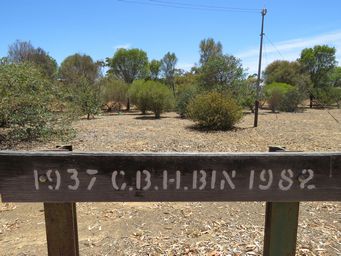
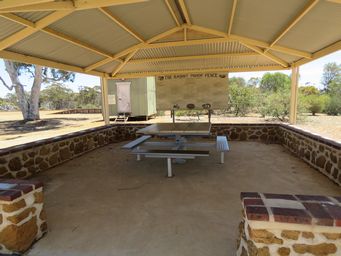
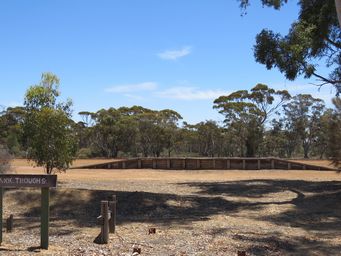
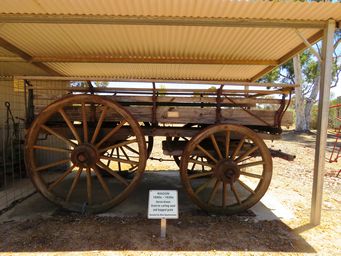
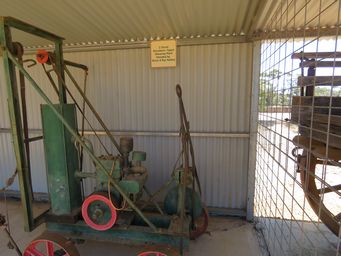
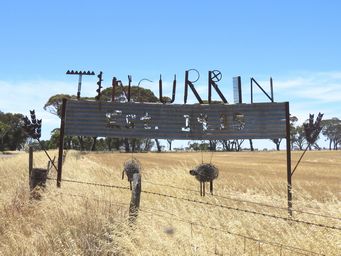
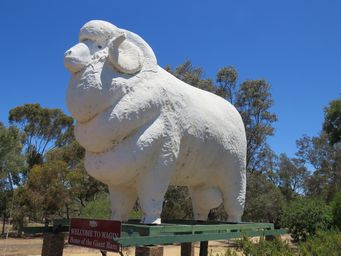
Turning into Harrismith, this tiny town had no businesses remaining open apart from the small Oasis Hotel. There is a tiny council
owned caravan park nearby which is managed by the hotel. The town has well set out displays for tourists and a wildflower walk
trail.
On a now disused railway line, the siding shed now houses a display of photos and articles from the town’s past.
Old farm machinery is on display as an outdoor museum, including these two under cover displays.
2 Stand Ronaldson Tippet Shearing Plant
Donated by Bruce and Ray Halliday
Wagon 1890s - 1930s
Horse drawn
Used for carting wool and bagged grain
Donated by Allan Quartermaine
Originally owned by JW Hempel
In a modern picnic shelter, the history of the rabbit proof fence is on display. A few plaques of local families indicate that
there was local sponsorship of this building.
Original gate from the 2nd Rabbit Proof Fence No. 95 mile peg
Restored by Bob Taylor
My route continued through farmland on the Dongalocking Road to Wagin.
Wagin is a rural centre with most services, particularly those servicing agriculture. The showground is home of the Wagin Woolorama, a very successful and now large rural show held in March each year.
There is a pioneer village on display, and as you enter the town from the west, a giant Merino Ram is featured, with merino sheep and wool being a prominent part of Wagin’s agriculture.
The Sculptor, Andrew Hickson, spent eight months creating the ram, nine times the size of a live ram.
Build from steel with a fibreglass surface, this ram weighs four tonne, and stands nine metres high and was completed in 1985.
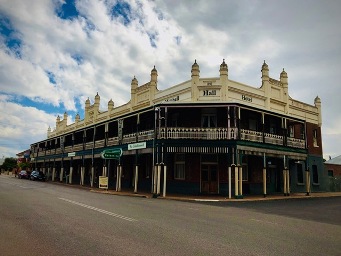
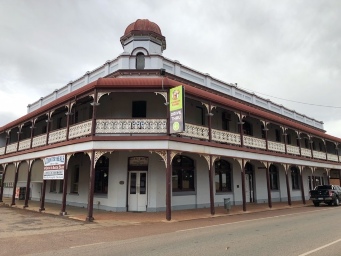
Continuing southwards along Tudor Street, are the Wagin Courthouse built 1912, and the Wagin Town Hall. The Town Hall, comprising
the former lesser hall (old Agricultural Hall) and the former town hall, are on the corner of Tudor and Tavistock streets. What
is known as the Lesser Hall is the old Agricultural Hall which is believed to have opened in 1896, and which served the function of
town hall and office from 1909. In 1905, tenders were called for additions and alterations to the hall by architect, George
Johnston of Albany. In 1928, a new town hall was added to the lesser hall.
Opposite the town hall is Moran’s Wagin Hotel, constructed
from 1900 to 1904 on the site of the first Hotel in Wagin on the corner of Tudor and Tavistock streets. In September 1921, the
hotel was taken over by James Moran. Moran held the licence until his death in July 1967. It is believed that he held
the licence for a single hotel for the longest period in Australia. His family continued to run the hotel until December 2017
when the liquor licence was relinquished. The hotel and accommodation business also closed and the building remained vacant.
Heading down Tudor Street (Great Southern Highway) is the Piesse (Butterick) Building. This building has preserved the historic
values, with shops underneath and typical of the era, living quarters above these shops. This was constructed in 1905 as commercial
premises by the Piesse brothers. The Piesse family were also active business people in Katanning. Mr Butterick purchased the building
from the Piesse's in 1906. It has changed hands several times in recent years.
On the corner of Tudhoe and Tudor Streets is the Mitchell Hall Hotel (formerly Federal Hotel). This was built by Mr Mitchell in 1895-1896. A few years after the hotel was built, due to lack of their own space, the Wagin school used the dining room for lessons.
Ref: Inherit
A little east of the Mitchell Hall Hotel on Tudhoe Street is the Palace Hotel. This was built in 1905
for Paddy. B. Durack of the famed north-west cattle Durack family, who had a large estate east of Wagin called 'Behn Ord'.
Ref: Inherit
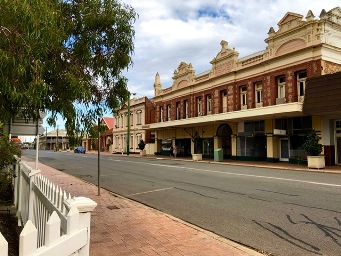
Update: In 2020-2021 this hotel with 21 bedrooms was advertised for sale as a deceased estate at $200,000.
Perth architect and former Wagin local Clancy White purchased the hotel with a goal of reopening it. The renovation is expected to take 18 months.